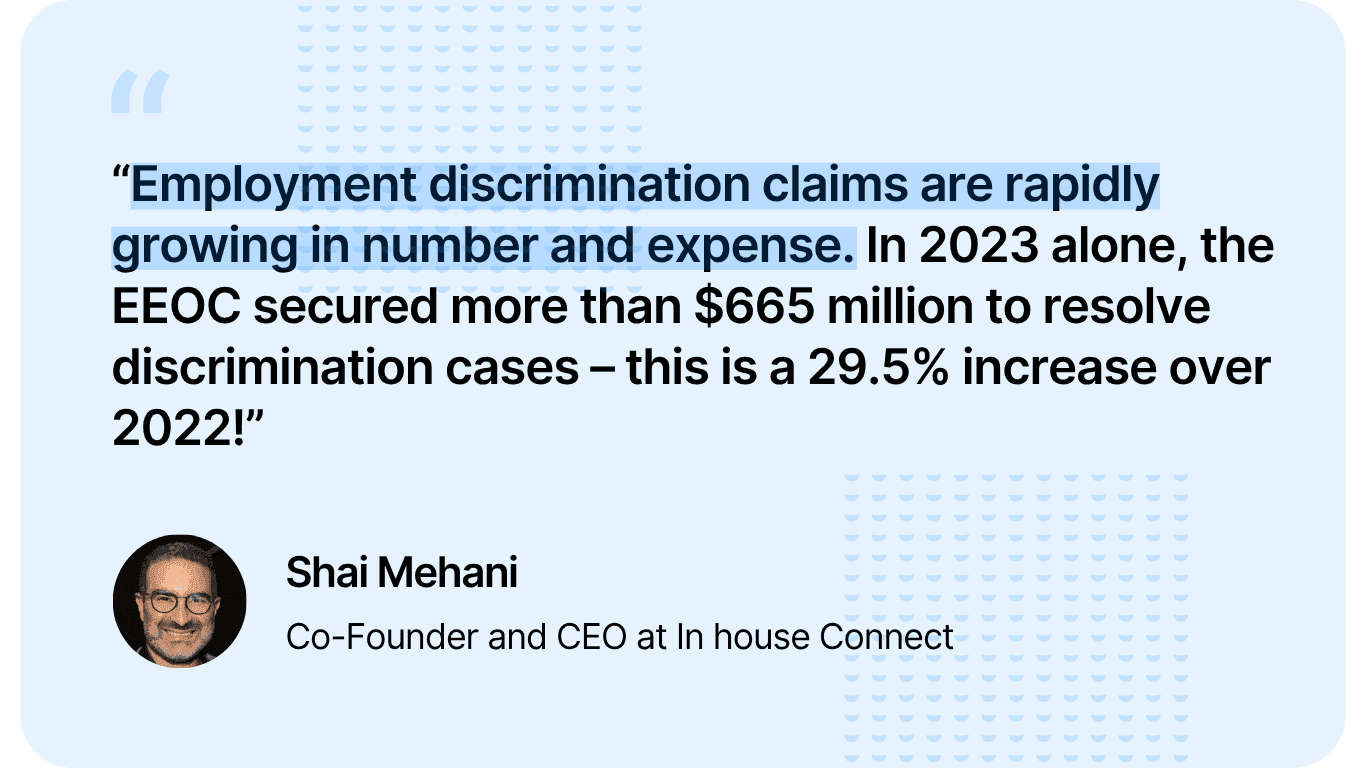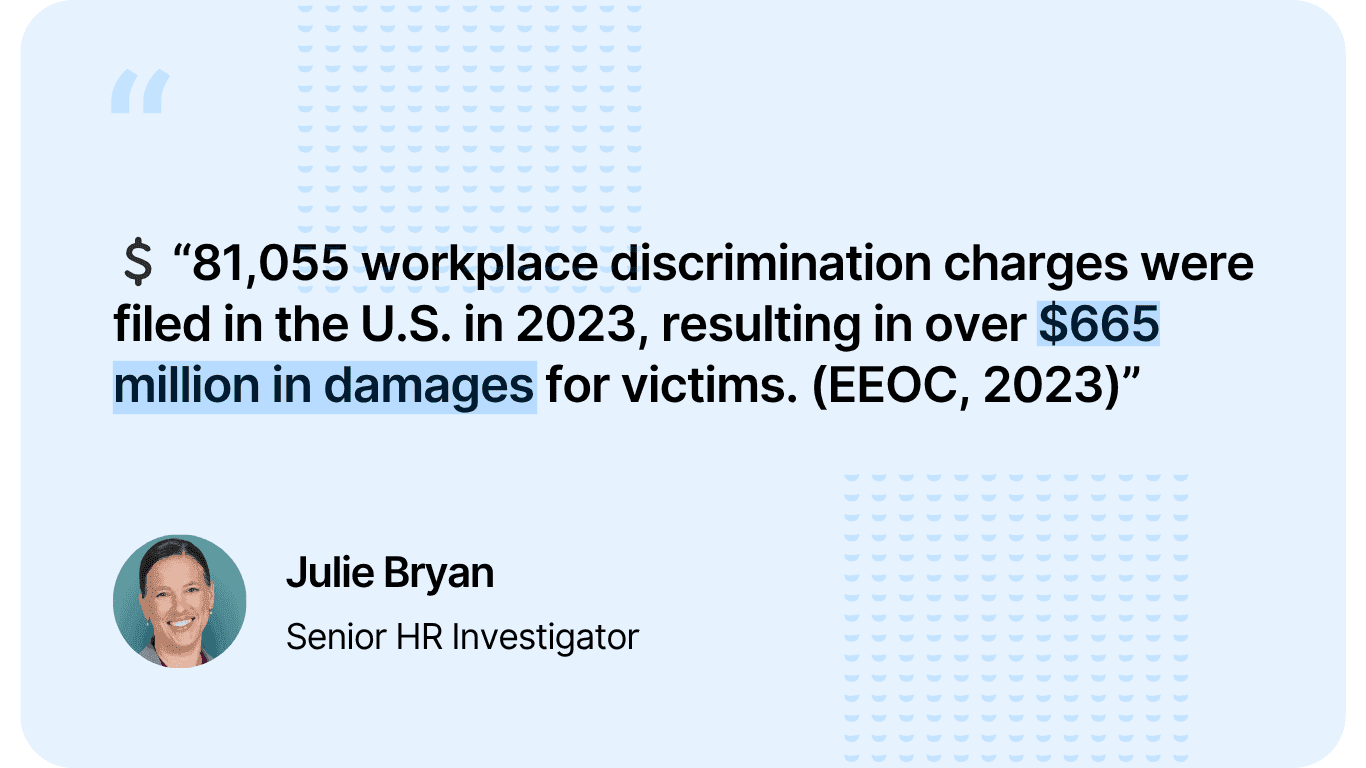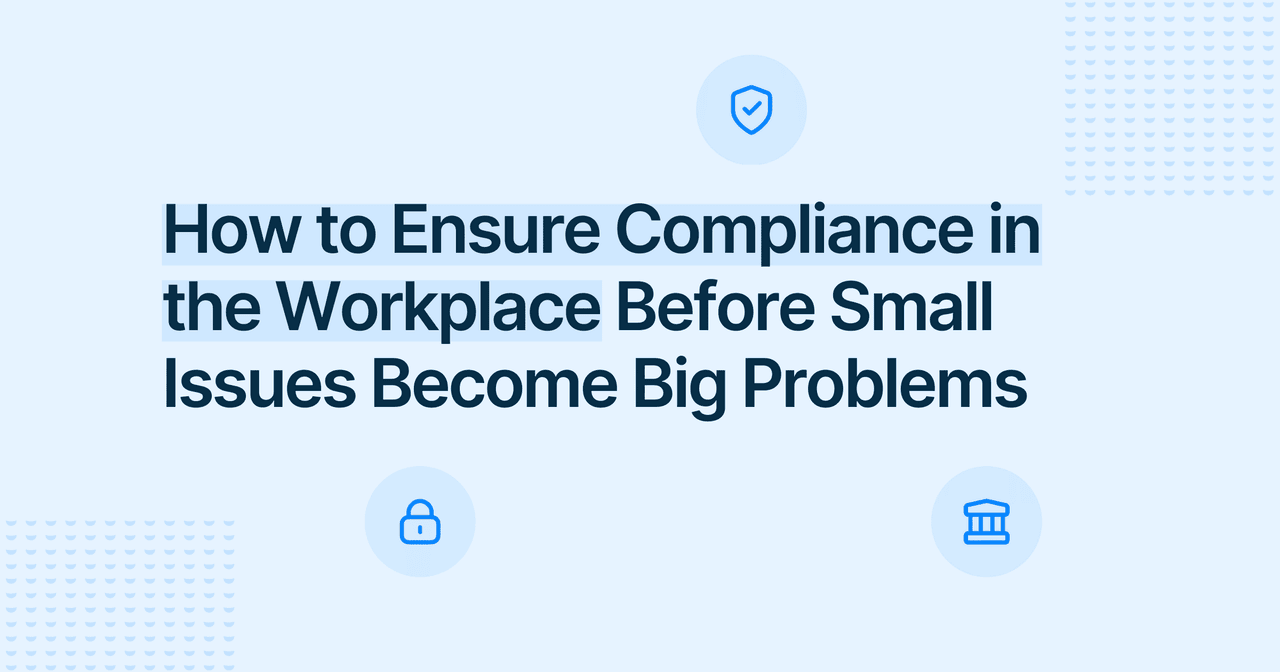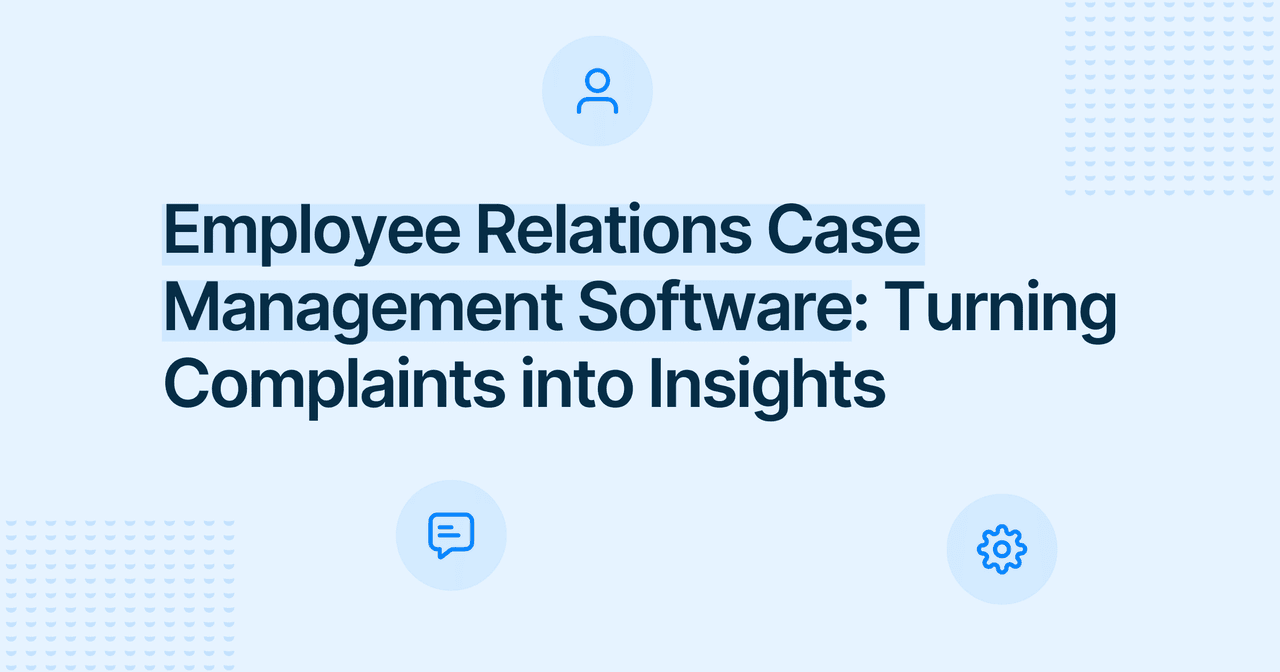



Bring All Confidential Reports Into One Secure Place
We’ll assess your needs and recommend the right setup for anonymous reporting or surveys - aligned with your compliance or HR goals.
Legal & Compliance

Alaa El-Shaarawi
Copywriter and Content Manager
Published
2025-10-13
Reading time
5 min


Table of contents
Subscribe to our newsletter
Nobody wants to get that letter from the Equal Employment Opportunity Commission (EEOC). It’s stressful, expensive, and public. And by the time it happens, the damage to your reputation and team morale is already done.
With 88,531 new charges of discrimination in 2024, a 9.2% rise from the previous year, and nearly $700 million recovered for claimants, prevention has never been more critical. Ignoring the signs isn’t an option.
At FaceUp, we believe prevention starts with trust. When employees have a safe, anonymous way to speak up early, organizations can fix issues before they spiral into costly EEOC investigations or litigation.

Most EEOC complaints start quietly. Workplace harassment, bias, microaggressions, and retaliation accumulate under the radar because employees:
Once a complaint of discrimination is filed, the EEOC investigation process begins:
Some investigations drag on for months or even over a year, so early detection is strategically imperative. Here’s how to prevent workplace discrimination before it reaches that stage.
Many employees hold back because of fear, mistrust, or concern about anonymity, such as:
This is where anonymous reporting changes everything. Providing a protected channel encourages employees to raise issues before they escalate into a formal EEOC charge or discrimination claim.
Tools like FaceUp make it easy for employees to report workplace harassment safely, so your team can spot and resolve problems early without compromising confidentiality.
Even the best anti-discrimination policies fail if employees don’t feel safe using them. A well-designed reporting system gives your team a clear, low-friction path to raise concerns, and leaders the insights they need to act quickly.

Here are seven practical steps for HR, compliance, and legal teams to overcome the biggest barriers to effective reporting: low trust, underreporting, weak systems, and legal risk.
Make anti-retaliation and confidentiality non-negotiable. Communicate clearly in handbooks, onboarding, and internal channels so employees know speaking up is safe.
Use a secure whistleblowing software that supports structured workflows, audit trails, and encryption. Employees need to believe it works, and leaders need the insights to act.
Make reporting visible and easy. Use emails, posters, intranet posts, and training sessions to normalize usage, so employees see it as support, not risk.
HR and managers should know how to handle reports: listen carefully, investigate fairly, and close the loop.
Feed reporting metrics into dashboards to track trends and risks. Correlate with HR data like engagement and turnover to spot patterns early.
Don’t wait for problems to grow. Respond quickly, distinguish minor vs. systemic issues, and use what you learn to improve culture and policies.
Track key metrics like report volume, investigation time, and escalation rates. Gather anonymized feedback and audit processes regularly to strengthen trust and effectiveness.
These statistics on workplace harassment show why anonymous reporting matters. Without it, most employees stay silent, leaving organizations blind to growing risks.
When harassment, workplace discrimination, or retaliation go unreported, the consequences can be steep—financially, operationally, and reputationally. Two real-world cases from 2024 highlight this:
Both cases underscore the same lesson: lack of internal reporting invites costly EEOC action and public exposure.
A secure, anonymous reporting system can change that. When employees have a safe way to speak up, and leadership consistently acts on reports, you catch problems early, build trust, and reduce risk before it turns into expensive, high-profile investigations.

Employees have 180–300 days to file an EEOC complaint. Once filed, the agency can subpoena records, conduct interviews, and pursue conciliation or litigation.
Courts often look for fairness in internal procedures, not just outcomes. This is why high-quality internal investigations matter.
FaceUp helps organizations align with EEOC investigation procedures while building trust. Here’s what makes it work:
FaceUp turns early warnings into actionable insights, so HR can respond before a letter of determination or Notice of Right to Sue arrives.
Every healthy workplace starts with people feeling heard. Anonymous reporting takes that courage and turns it into a shield against EEOC investigations, retaliation, and hidden risks.
With FaceUp, you can catch issues early, build trust, and stop small problems from becoming public crises.
Book a demo and start turning employee voices into your organization’s biggest asset.




We’ll assess your needs and recommend the right setup for anonymous reporting or surveys - aligned with your compliance or HR goals.
Keep Reading

Alaa El-Shaarawi2025-12-048 min
Legal & Compliance

Alaa El-Shaarawi2025-12-037 min
Legal & Compliance

Alaa El-Shaarawi2025-12-029 min
Legal & Compliance

Alaa El-Shaarawi2025-12-017 min
Employee Relations